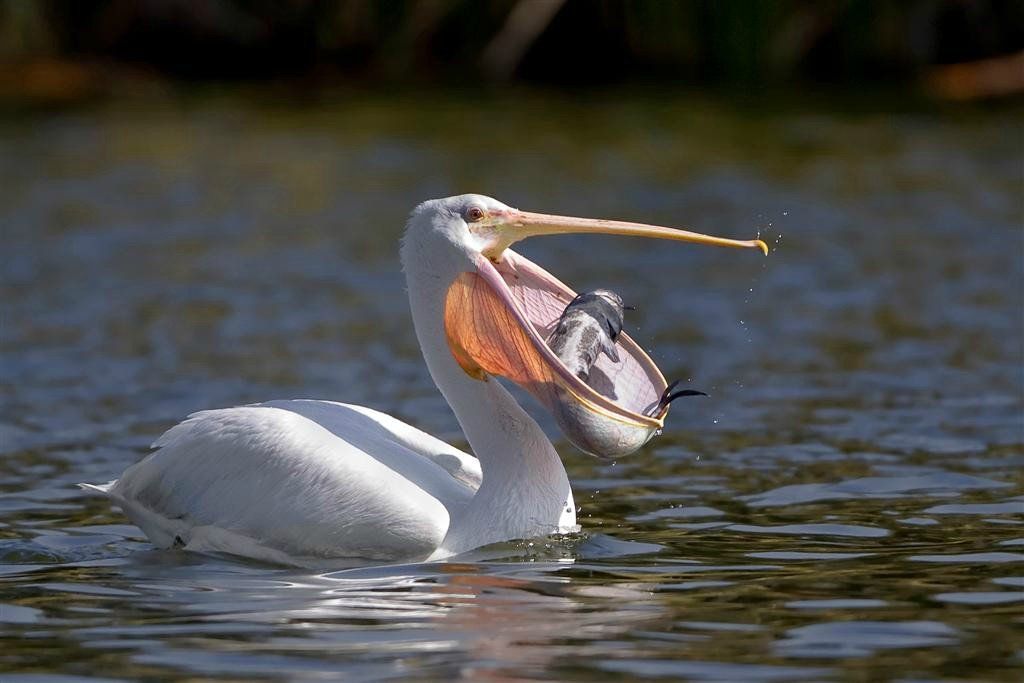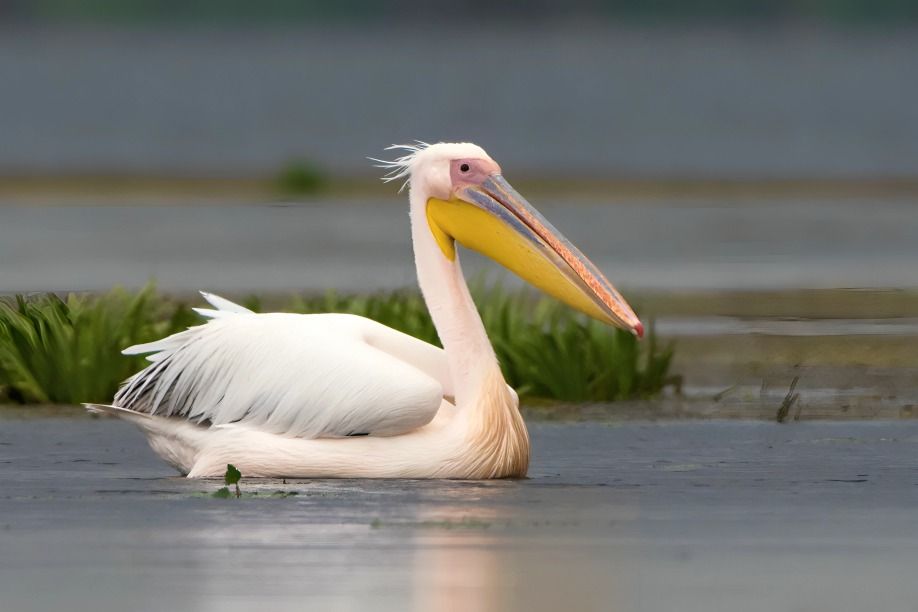
“
Educational facts about pelicans reveal their fascinating adaptations and behaviors, making them a captivating subject for young naturalists. From their distinctive large bills and impressive pouches used for fishing to their global distribution across diverse habitats, pelicans exemplify adaptability and survival in the avian world. Their social behaviors, nesting habits, and unique feeding techniques illustrate their specialized skills in hunting and parenting. Exploring these educational facts about pelicans provides a window into the complexities of wildlife and the natural environments they inhabit.1
1
”
Pelicans are famous for their oversized bills and stretchy throat pouches, which can hold up to 3 gallons of water! This remarkable adaptation allows them to scoop up fish in one swift motion, making them efficient hunters in their aquatic habitats. 1
Pelicans have a rich evolutionary history, dating back over 30 million years. Fossil records show their remarkable adaptability over time, from prehistoric landscapes to modern ecosystems, showcasing their endurance and survival skills. 2
Despite their bulky appearance, pelicans are graceful in flight. With wingspans reaching up to 10 feet, they soar effortlessly over water, using thermal air currents to glide and conserve energy while scouting for their next meal. 3
Pelicans are true cosmopolitans, inhabiting every continent except Antarctica. From tropical coastlines to inland lakes and rivers, they've adapted to diverse climates and environments, demonstrating their versatility as global aviators. 4

Pelicans are highly social birds, often forming large groups called pods or squadrons. During fishing expeditions, they collaborate, herding fish into shallow waters using synchronized movements, a testament to their cooperative hunting strategies.
During breeding season, male pelicans engage in elaborate courtship displays to impress females. They strut with exaggerated movements, nod their heads, and preen their feathers, showcasing their prowess and dedication to finding a mate.5
Pelicans are meticulous nest builders, selecting sites on the ground or in trees near water. Using sticks, grass, and feathers, they construct cozy nests that provide a haven for their eggs and chicks during the breeding season. 6
Pelicans have a unique breeding cycle. After mating, the female lays 2 to 5 eggs, which she incubates for about 28 to 30 days. Both parents share the responsibility of caring for the eggs and feeding the chicks once hatched. 7
Pelicans are masters of plunge-diving. From heights of up to 60 feet, they dive headfirst into the water, using their pouches like nets to catch fish swiftly and efficiently, a skill that dazzles observers. 8
Pelicans can live for more than 25 years in the wild, navigating challenges such as food scarcity and environmental changes. Their longevity underscores their resilience and ability to thrive in various habitats. 9

The pelican's beak expands significantly while eating due to its flexible skin and gular sac, which holds fish and water. Though primarily fish eaters, pelicans also consume crustaceans, amphibians, and occasionally small birds, showcasing their adaptable feeding habits.
A pelican's pouch isn't just for catching fish; it also serves as a cooling mechanism. By swinging its pouch back and forth, the pelican can cool itself down, making the pouch a versatile tool for survival. 10
During migration, pelicans often adopt a V-shaped flight formation, akin to geese. This aerodynamic arrangement helps them conserve energy on long journeys, showcasing their strategic approach to seasonal movements. 11
The brown pelican, the smallest pelican species, measures just over a meter long and has a wingspan of 1.83 meters, sports distinctive chocolate-brown plumage and is found across the Americas and the Galápagos. 12
Pelicans face threats such as habitat loss and pollution, prompting conservation initiatives to safeguard their nesting sites and ensure clean waterways. These efforts are crucial for maintaining healthy pelican populations worldwide. 13
When baby pelicans hatch, they require frequent feeding, sometimes up to 30 times a day. This constant feeding helps them grow quickly, as they rely on their parents for nourishment during the early stages of their development. 14
The pelican is the state bird of Louisiana, USA, where the brown pelican is particularly significant. In Karnataka, India, the great white pelican is also celebrated. Although not a national bird, these regions hold special associations with pelicans. 15

The American white pelican develops a temporary "horn" on its beak during the breeding season. This unique growth appears briefly and falls off after the season ends, serving as a distinctive feature for mating displays.
Pelicans possess specialized salt glands above their eyes, which filter excess salt from seawater, enabling them to drink it when freshwater is scarce. This adaptation underscores their ability to thrive in saline environments. 16
The Dalmatian pelican, the largest pelican species, can grow up to 1.8 meters long with a wingspan of 3.2 meters and is found from southern Europe to China, showcasing its impressive size and extensive range. 17


